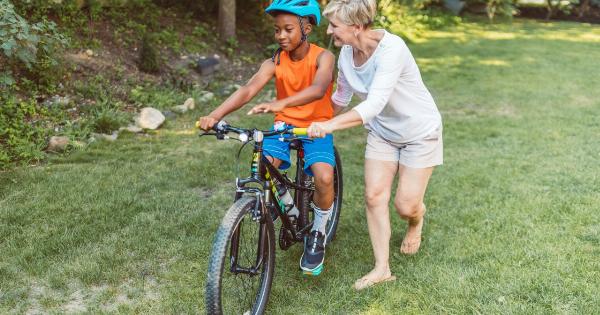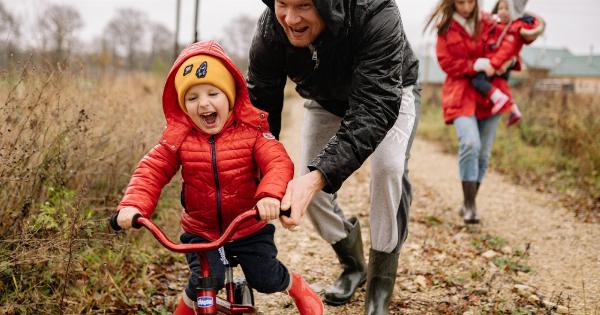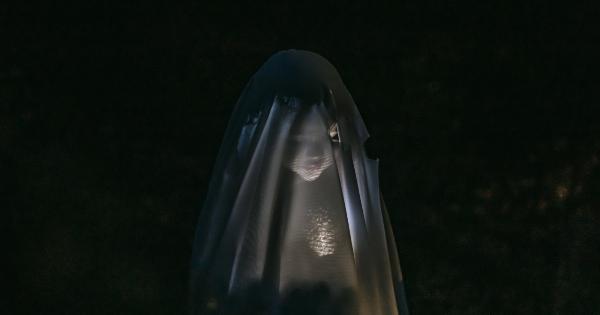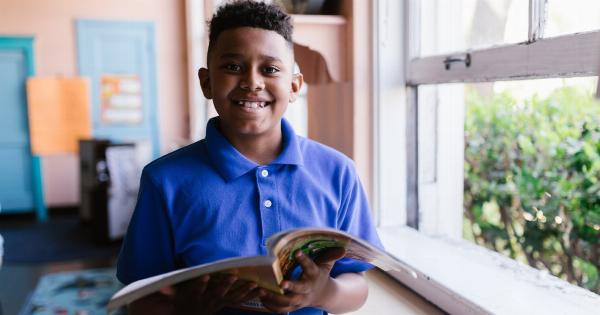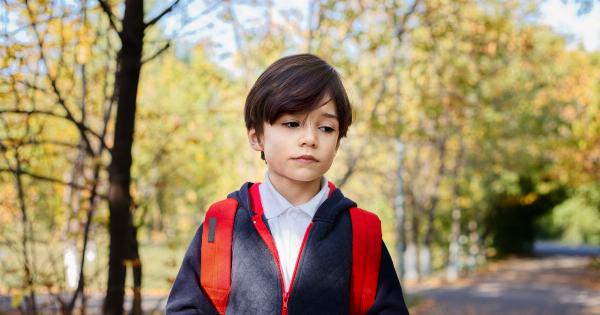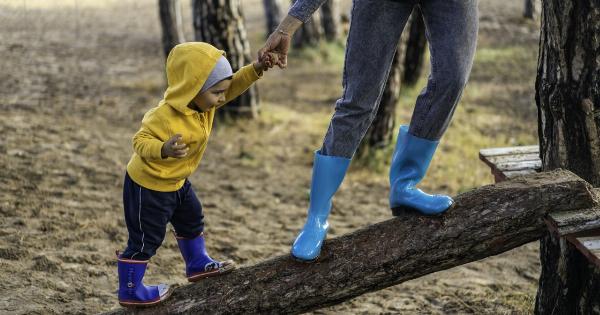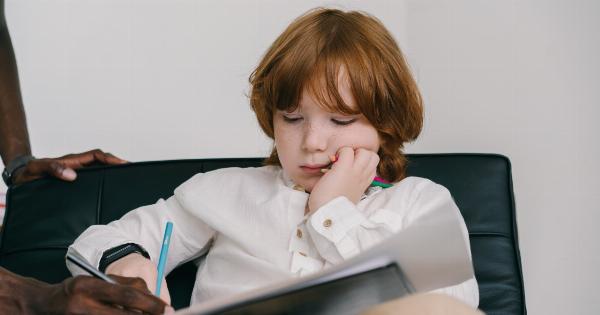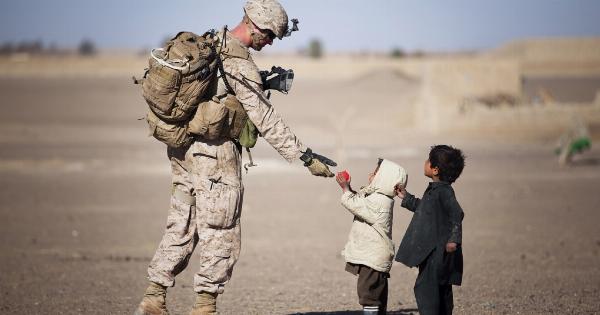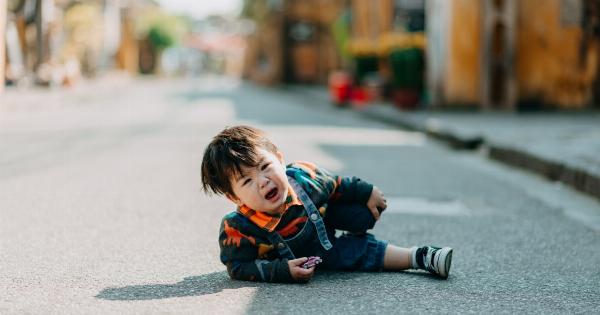Childhood is a period filled with wonder, imagination, and growth. However, it can also be a time when children develop irrational fears and phobias.
These fears may range from relatively common and temporary anxieties to more intense and persistent phobias. As parents and caregivers, it is essential to understand and support children through these challenges.
In this article, we will explore the causes of childish phobias, provide tips on how to help children manage their fears, and offer guidance for when professional help may be necessary.
1. What Are Childish Phobias?
Childish phobias are extreme and irrational fears that can significantly impact a child’s daily life, interactions, and overall well-being.
Compared to common childhood fears, such as fear of monsters or the dark, phobias are intense, prolonged, and may cause severe distress. These fears can be classified into specific phobias and social phobias.
2. Common Childish Phobias
Childish phobias can vary greatly, but some commonly observed examples include:.
- 1. Fear of animals: Many children experience fears of dogs, spiders, or snakes. These phobias may stem from real-life experiences, media exposure, or even information gathered from peers.
- 2. Fear of the dark: Fear of the dark is a prevalent phobia among children. It can be attributed to a lack of control over the unknown when the lights are turned off.
- 3. Fear of heights: Heights can be daunting to both children and adults. The fear of falling or being unable to maintain balance often characterizes this particular phobia.
- 4. Fear of medical procedures: Many children develop fears associated with medical procedures, injections, or dental visits.
- 5. Fear of social situations: Certain children might exhibit phobias related to social situations such as public speaking or meeting new people.
3. Causes of Childish Phobias
Childish phobias can arise due to a combination of genetic, environmental, and psychological factors. Some of the common causes include:.
- 1. Genetic predisposition: Research suggests that a family history of anxiety disorders or specific phobias can increase the likelihood of a child developing a similar phobia.
- 2. Traumatic experiences: Past traumatic experiences, such as accidents or witnessing frightening events, can trigger phobias in children.
- 3. Learned behaviors: Children often learn from observation and may develop fears if they see others displaying extreme fear or anxiety towards a specific object or situation.
- 4. Overprotective parenting: Overprotective parenting can inadvertently reinforce a child’s fears and prevent them from developing coping mechanisms to deal with anxiety-provoking situations.
4. Helping Children Manage Their Phobias
As parents or caregivers, there are several strategies you can employ to assist children in managing their phobias:.
- 1. Open communication: Encourage children to express their fears and concerns openly. Validate their feelings and reassure them that they are safe.
- 2. Gradual exposure: Introduce feared objects or situations gradually and in a controlled manner. By progressively facing their fears, children can build confidence and diminish anxiety.
- 3. Set a positive example: Model calmness and composure when dealing with fears. Children often learn by observing adult behaviors, so demonstrating resilience can be beneficial.
- 4. Provide a safe space: Offer a comforting and nurturing environment where children feel secure. This environment should allow for open dialogue about fears without judgment.
- 5. Professional guidance: If a child’s phobia significantly impacts their daily life or persists for an extended period, seeking professional help from a qualified therapist or psychologist specializing in child psychology may be necessary.
5. When to Seek Professional Help
While some childhood phobias may fade away over time, others can persist and significantly affect a child’s quality of life. It is essential to recognize when professional intervention might be required. Seek professional help if:.
- 1. The phobia intensifies: If a child’s fear becomes increasingly severe or starts to interfere with their daily routine, academic performance, or social interactions, professional assistance is warranted.
- 2. The phobia persists: If a phobia lasts for an extended period without any signs of improvement, seeking professional help can prevent long-term consequences.
- 3. Other psychological symptoms emerge: If a child experiences other psychological symptoms such as panic attacks, excessive worrying, or avoidance behaviors, it may be indicative of an underlying anxiety disorder.
Conclusion
Childish phobias are a common occurrence during a child’s development. Understanding the causes and implementing effective strategies to manage these fears is crucial for their overall well-being.
By supporting children through open communication, gradual exposure, and providing a safe space, we can empower them to face their fears with resilience and confidence. Remember, while most childhood phobias are temporary and harmless, some may require additional professional intervention. As caregivers, our role is to guide children towards a healthier and happier future.

